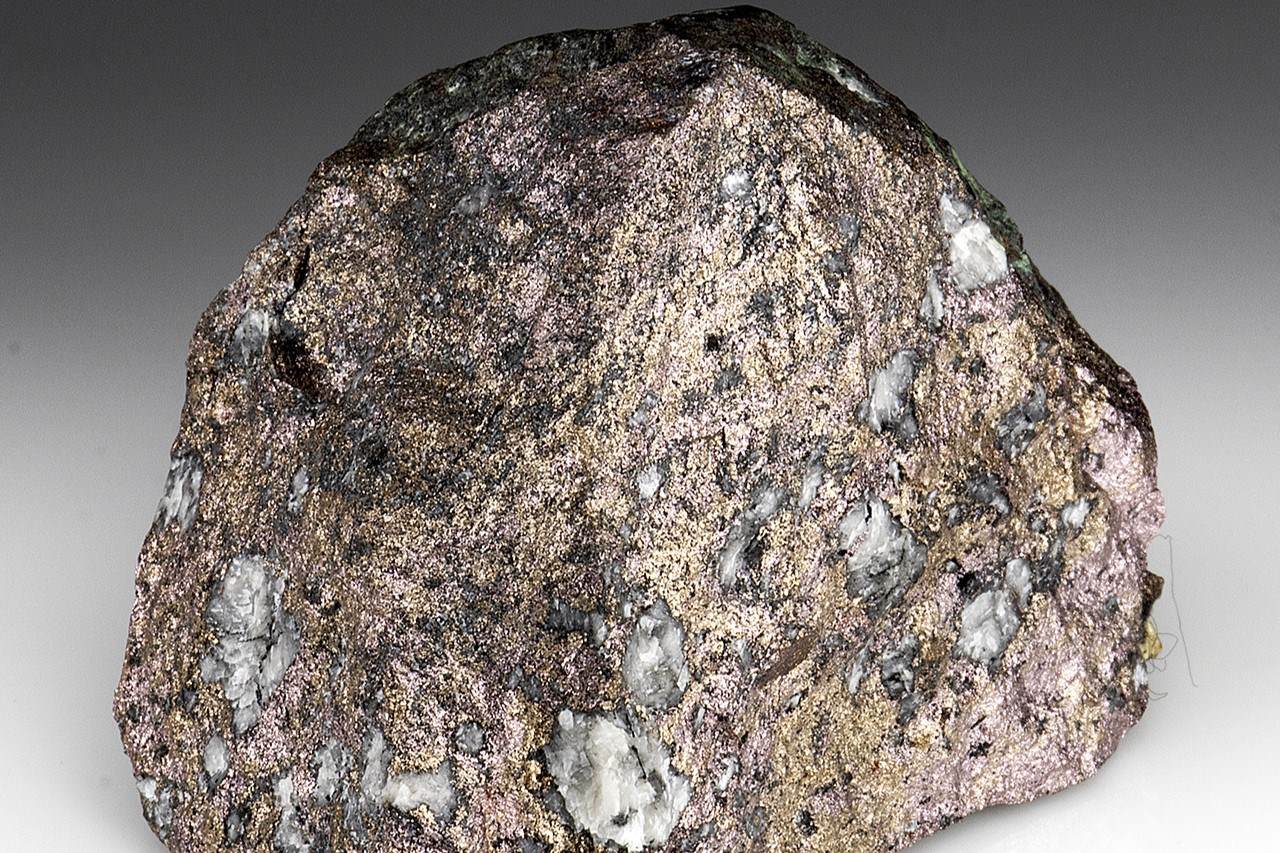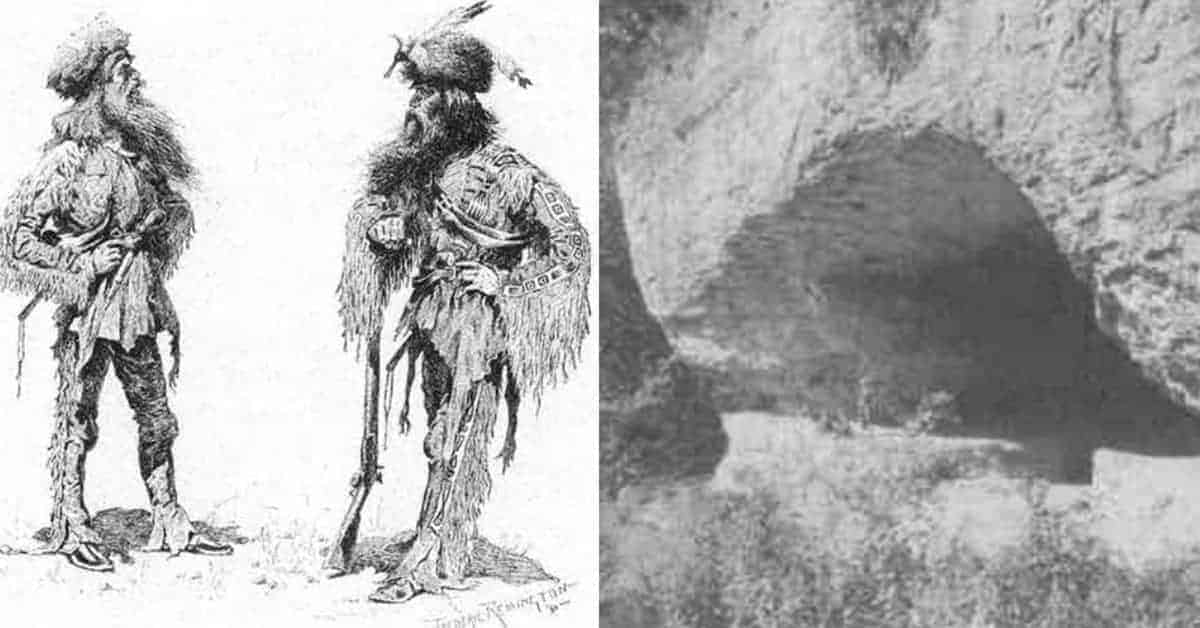
Breithauptite is a rare mineral that often intrigues collectors and geologists alike. Named after the German mineralogist Johann Friedrich August Breithaupt, this mineral boasts a striking metallic luster and a unique reddish-bronze color. But what exactly makes Breithauptite so special? For starters, it’s primarily composed of nickel antimonide, which gives it its distinct appearance. Found in hydrothermal veins and often associated with other nickel minerals, Breithauptite can be a key indicator of nickel-rich deposits. Whether you're a seasoned geologist or just curious about minerals, learning about Breithauptite can offer a fascinating glimpse into the world of mineralogy. Ready to dive into 40 intriguing facts about this captivating mineral? Let’s get started!
Key Takeaways:
- Breithauptite is a striking mineral with a metallic luster, found in specific locations like Ontario, Germany, and Norway. It's used for geological studies, displayed in museums, and can even be used in jewelry!
- Breithauptite, named after a German mineralogist, forms in hydrothermal veins and has a unique copper-red color. It's composed of nickel and antimony, and its presence can indicate the potential for other valuable minerals.
What is Breithauptite?
Breithauptite is a fascinating mineral that often captures the interest of geologists and mineral enthusiasts alike. Known for its unique properties and striking appearance, this mineral has a lot to offer. Let's dive into some intriguing facts about Breithauptite.
-
Breithauptite is a nickel antimonide mineral with the chemical formula NiSb.
-
It was named after Johann Friedrich August Breithaupt, a German mineralogist.
-
This mineral typically forms in hydrothermal veins and is often associated with other nickel and antimony minerals.
-
Breithauptite has a metallic luster, making it quite eye-catching.
-
Its color ranges from copper-red to pinkish-red, which can sometimes tarnish to a darker hue.
Physical Properties of Breithauptite
Understanding the physical properties of Breithauptite can help in identifying and studying this mineral. Here are some key characteristics.
-
Breithauptite has a Mohs hardness of 5-5.5, making it relatively hard.
-
It has a specific gravity of 8.23, indicating it is quite dense.
-
The mineral is opaque, meaning light does not pass through it.
-
It exhibits a metallic luster, giving it a shiny, reflective surface.
-
Breithauptite has a hexagonal crystal system, which influences its shape and structure.
Where Can You Find Breithauptite?
Breithauptite is not just found anywhere; it has specific locations where it is more commonly discovered. Here are some notable places.
-
One of the primary locations for Breithauptite is the Sudbury Basin in Ontario, Canada.
-
It is also found in the Cobalt-Gowganda region of Ontario, known for its rich mineral deposits.
-
In Europe, Breithauptite can be found in the Harz Mountains of Germany.
-
The mineral is also present in the Kongsberg silver mines in Norway.
-
Other notable locations include the Broken Hill district in Australia and the Norilsk region in Russia.
Uses and Applications of Breithauptite
While Breithauptite is primarily a collector's mineral, it has some practical applications as well. Here are a few uses.
-
Breithauptite is often collected for its aesthetic value due to its striking color and metallic luster.
-
It can be used in geological studies to understand hydrothermal vein systems.
-
The mineral is sometimes used in the extraction of nickel and antimony, although it is not a primary source.
-
Breithauptite samples are often displayed in museums and educational institutions for study and exhibition.
-
It can also be used in the creation of jewelry, although this is relatively rare.
Interesting Facts About Breithauptite
Beyond its physical properties and uses, Breithauptite has some interesting trivia associated with it. Here are some fun facts.
-
Breithauptite was first described in 1840, making it a relatively old discovery in the world of mineralogy.
-
The mineral can sometimes form pseudomorphs, where it replaces another mineral while retaining the original mineral's shape.
-
Breithauptite is often found in association with minerals like nickeline, skutterudite, and cobaltite.
-
It is sometimes mistaken for copper due to its similar color, but its properties are quite different.
-
The mineral's name is pronounced "bry-thaupt-ite," which can be tricky for some people.
Chemical Composition and Formation
Understanding the chemical composition and formation of Breithauptite can provide deeper insights into this mineral. Here are some key points.
-
Breithauptite is composed of nickel (Ni) and antimony (Sb), giving it its unique properties.
-
The mineral forms in hydrothermal veins, which are cracks in rocks filled with mineral-rich water.
-
It often forms at relatively low temperatures compared to other minerals.
-
Breithauptite can also form as a secondary mineral in the oxidation zones of nickel deposits.
-
The presence of Breithauptite can indicate the potential for other valuable minerals in the area.
Collecting and Preserving Breithauptite
For those interested in collecting Breithauptite, there are some important considerations to keep in mind. Here are some tips.
-
When collecting Breithauptite, it is important to handle it carefully to avoid damaging its metallic luster.
-
The mineral should be stored in a dry environment to prevent tarnishing.
-
It is best to keep Breithauptite samples away from acids and other chemicals that could cause damage.
-
Labeling your Breithauptite specimens with information about their origin can add value to your collection.
-
Regularly cleaning your Breithauptite samples with a soft cloth can help maintain their appearance.
Famous Breithauptite Specimens
Some Breithauptite specimens have gained fame due to their size, beauty, or unique characteristics. Here are a few notable examples.
-
A famous Breithauptite specimen from the Sudbury Basin is known for its large, well-formed crystals.
-
The Kongsberg silver mines have produced some stunning Breithauptite samples with a rich, copper-red color.
-
Specimens from the Harz Mountains are often sought after by collectors for their historical significance.
-
The Cobalt-Gowganda region has yielded some of the most aesthetically pleasing Breithauptite samples.
-
Museums around the world, including the Smithsonian Institution, have Breithauptite specimens on display for public viewing.
Final Thoughts on Breithauptite
Breithauptite, a fascinating mineral, has a lot to offer. Its nickel antimonide composition and striking metallic luster make it a standout in the world of minerals. Found primarily in hydrothermal veins, this mineral often appears alongside nickel and cobalt ores. Its unique red to pinkish hue adds to its allure, making it a favorite among collectors.
Understanding breithauptite's properties and origins can deepen your appreciation for geology. Whether you're a seasoned collector or just curious, this mineral's story is worth exploring. From its discovery to its various uses, breithauptite continues to captivate those who study it.
So next time you come across this intriguing mineral, you'll know a bit more about what makes it special. Keep exploring the world of minerals; there's always something new to learn.
Frequently Asked Questions
Was this page helpful?
Our commitment to delivering trustworthy and engaging content is at the heart of what we do. Each fact on our site is contributed by real users like you, bringing a wealth of diverse insights and information. To ensure the highest standards of accuracy and reliability, our dedicated editors meticulously review each submission. This process guarantees that the facts we share are not only fascinating but also credible. Trust in our commitment to quality and authenticity as you explore and learn with us.


